Raney Nickel Alloy Melting and Casting
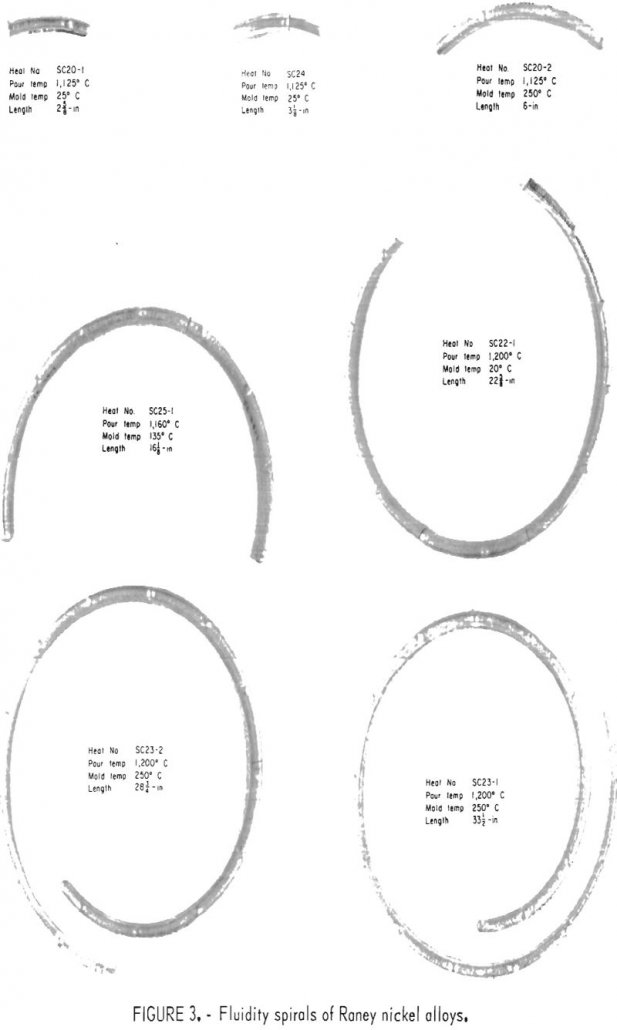
The conversion of coal into a high-Btu gas as a means of augmenting existing supplies of natural gas has been the subject of much research. The Bureau of Mines has played an active role in this area and has developed the Synthane process. The Synthane process consists of reacting coal, steam, and oxygen in a […]
Heat Capacity Enthalpies of Cuprous and Cupric Sulfides
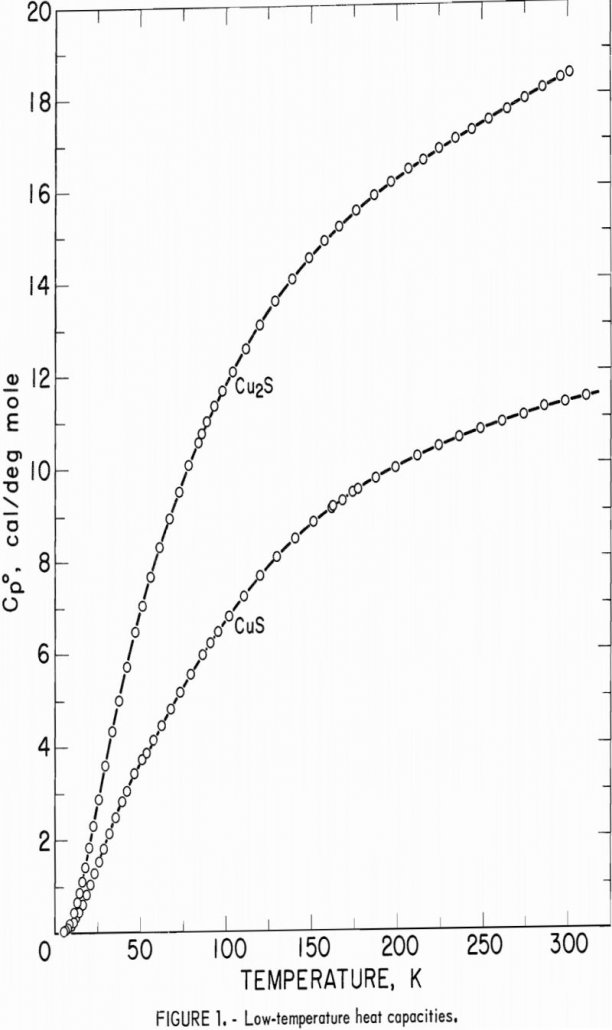
The present investigation of the low-temperature heat capacities and high-temperature enthalpies of synthetic cuprous sulfide and cupric sulfide is one in a series of thermodynamic studies by the Bureau of Mines on metallurgically important copper compounds. Despite the importance of cuprous and cupric sulfides in the processing of copper, thermodynamic data for these substances are […]
Use Sulfuric Acid to Recover Zinc
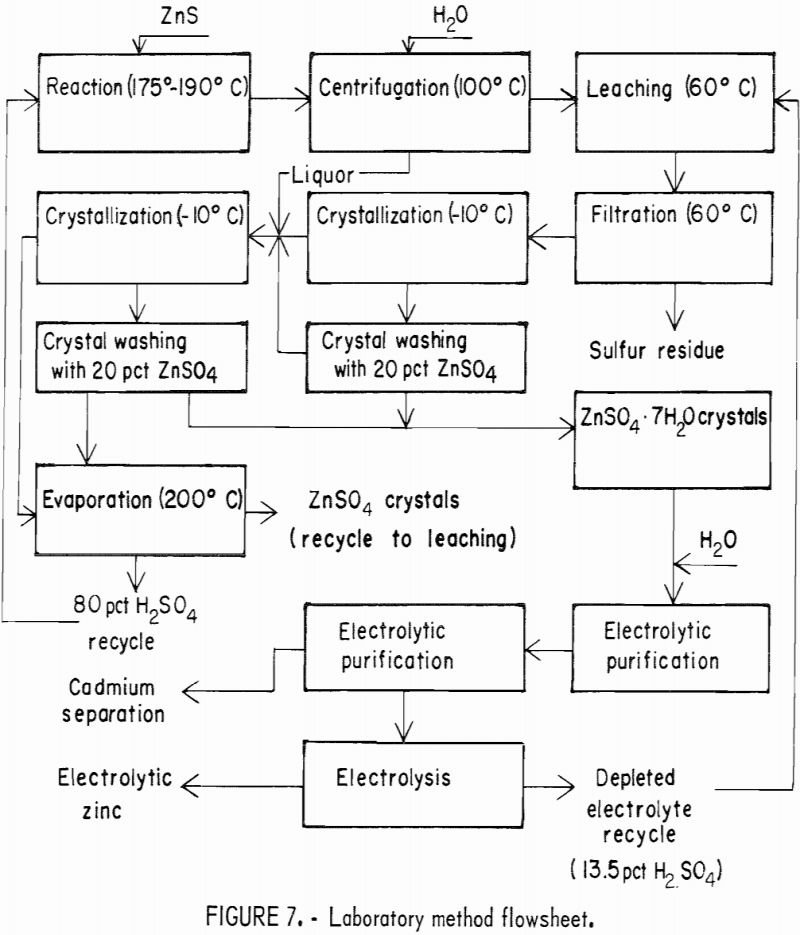
This investigation was conducted by the Bureau of Mines in support of its overall goals of helping to maintain an adequate supply of minerals and metals for future national needs with minimum waste and environmental degradation. The objective of the investigation was to develop a hydrometallurgical method of producing zinc from ZnS (sphalerite) concentrates without […]
Water Sprays Affects Dust Suppression
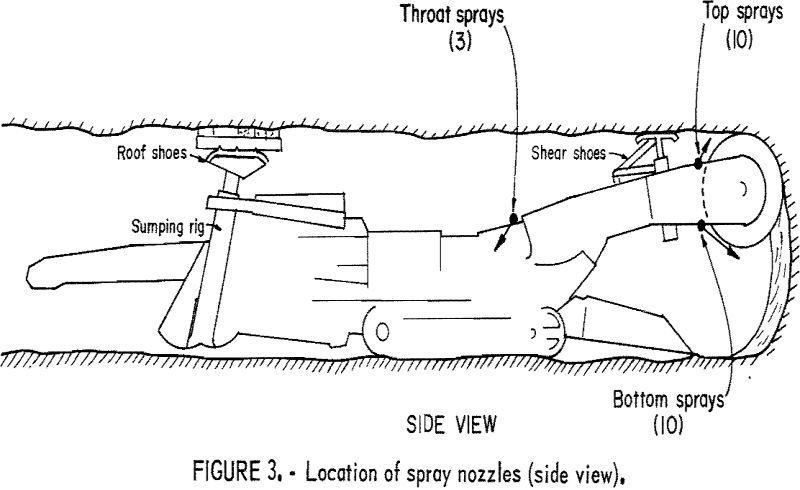
The Federal Coal Mine Health and Safety Act of 1969 specified that the average respirable dust level to which a miner is exposed during the work shift must be 2.0 mg/m³ or less as of January 1, 1973. In response, the Bureau of Mines initiated a program to develop new and improved methods of technology […]
Smelting Nickel Electric Furnace
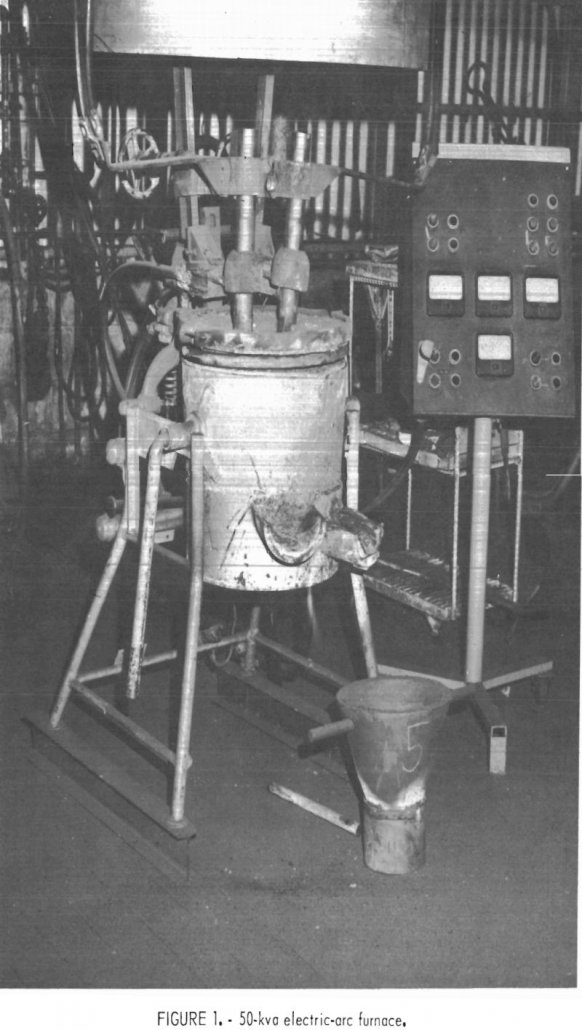
This Bureau of Mines report results from a study on prereduced nickel concentrate from the FENI project in Yugoslavia; this study was conducted in cooperation with McKee Overseas Corp., Western Knapp Division. The Bureau was particularly interested in establishing the chemical relationships between pre-reduction of low-grade nickel ore and the ferronickel produced by smelting the […]
How to Dehydrate Magnesium Chloride
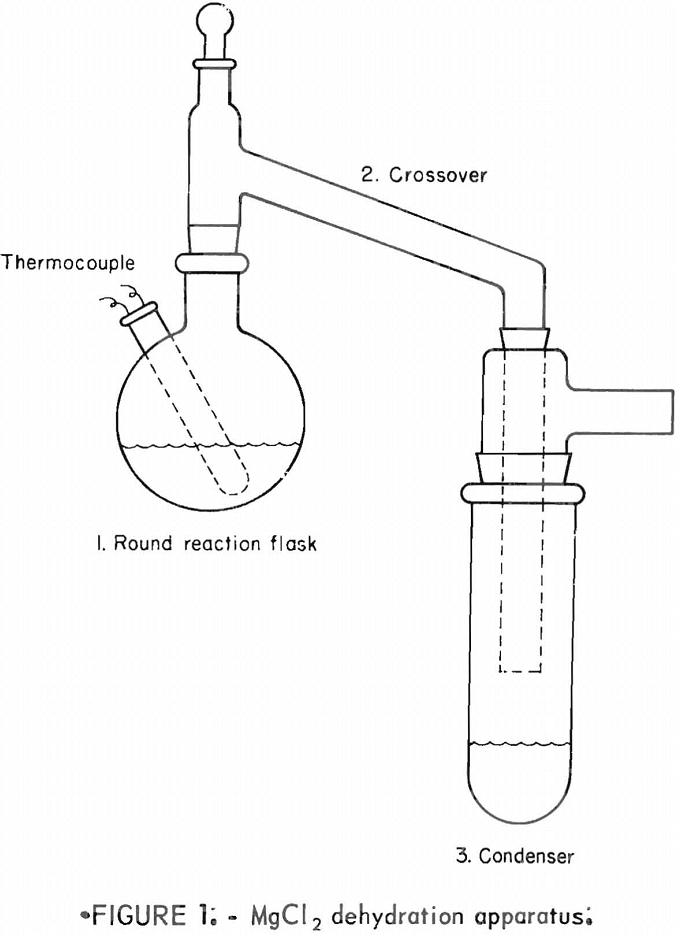
The United States has almost limitless supplies of magnesium chloride available for the production of magnesium metal in the form of hydrated salts or brines from seawater, wells, and the Great Salt Lake. Anhydrous magnesium chloride has certain advantages for metal production but cannot be made from the hydrate or brines by simple drying. In […]
How to Recover Copper & Silver Sulfide Concentrate

One of the goals of the Bureau of Mines is to insure that an adequate supply of minerals is available to meet national, economic, and strategic needs. To help reach this goal, the Bureau is conducting research to advance minerals processing technology, which includes investigations for recovering metals from complex sulfide ores and concentrates. Marketing […]
Remove Cobalt and Nickel from Zinc Sulfate Electrolyte
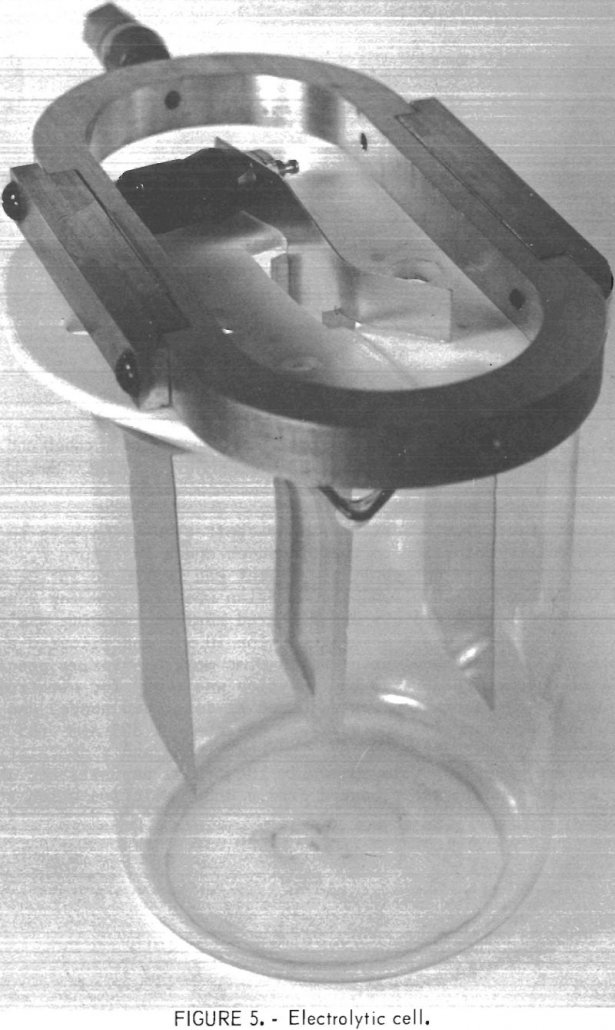
The Bureau of Mines strives continually toward its goals of maximizing minerals and metals recovery from primary and secondary domestic resources, and reducing energy requirements of mining and mineral processing. This investigation to improve zinc electrolysis by separating and recovering the currently discarded cobalt and nickel found in Missouri zinc concentrates is among the Bureau’s […]
How to Chlorinate Leach Copper Chalcopyrite
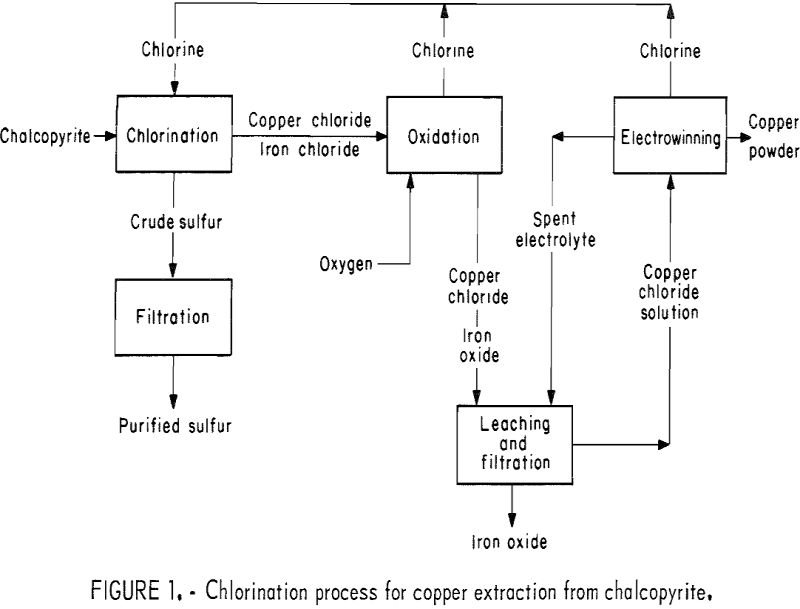
The present technology for processing copper sulfide ores involves pyro-metallurgical (smelting) and to some degree hydrometallurgical techniques. Although these techniques are efficient and economical, they cause air and water pollution. Environmental concern has led the Bureau of Mines to investigate an anhydrous chlorination technique to extract Cu, Fe, and elemental S from sulfide ore without […]
How to Extract Uranium from Granite
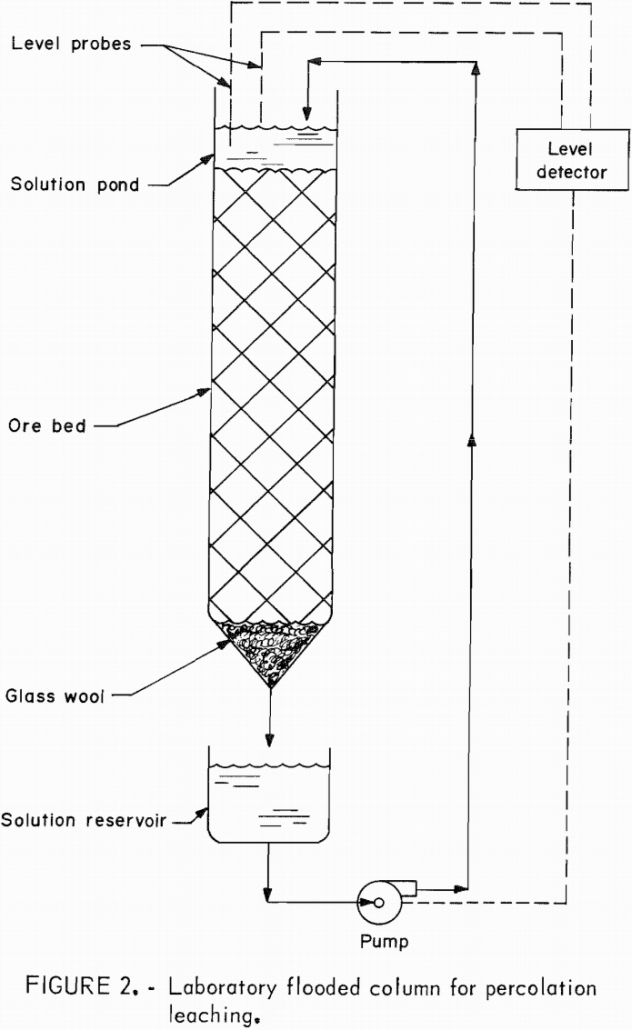
Despite severe slippage in the growth rate of nuclear power, current estimates still show that the U.S. uranium demand will exceed the production capacity from known resources by about 1981. Projected demands also show that a fourfold to sixfold increase in uranium production will be necessary to meet the expected 1990 requirements. Surging demand and […]
